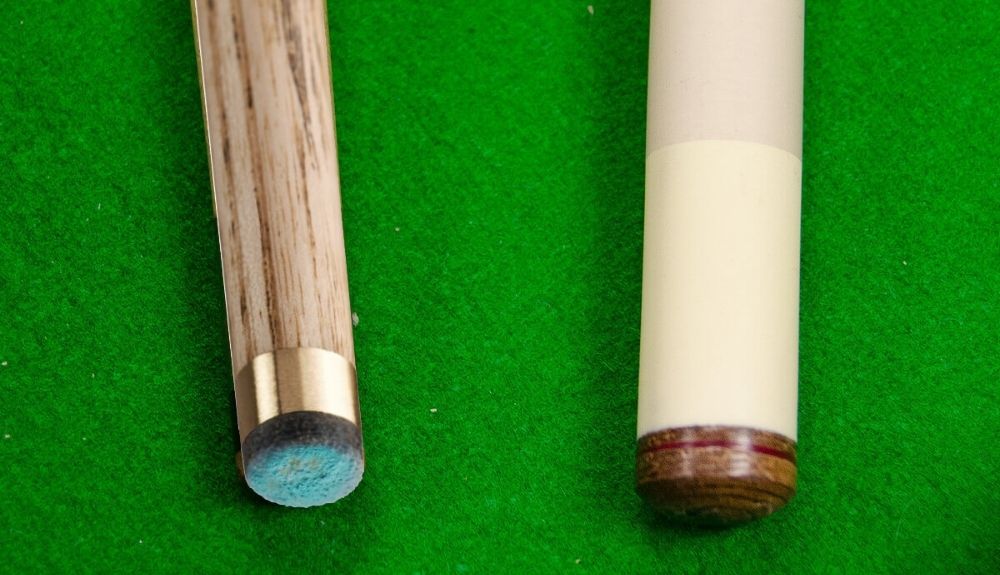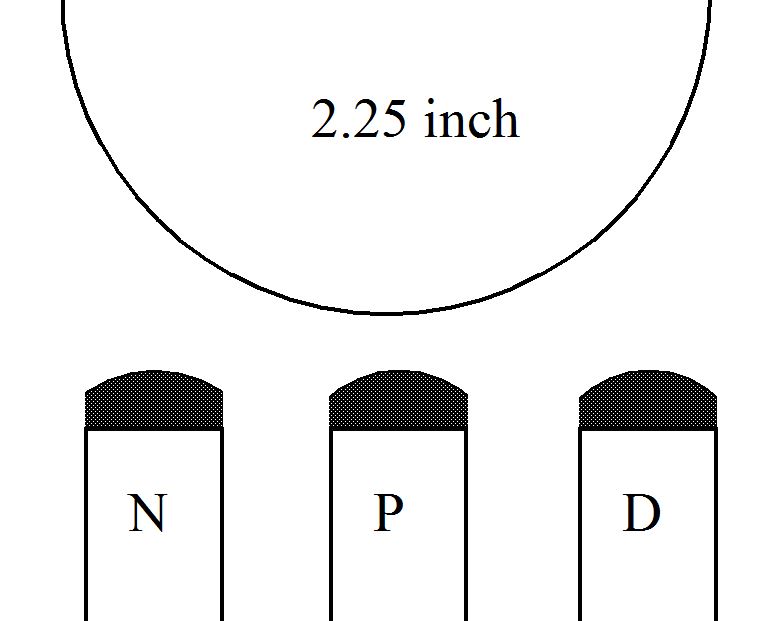Is there a single, definitive "best cue tip" for achieving that perfect draw shot? The truth is, the quest for the ultimate cue tip for draw shots isn't about finding a magic bullet; it's about understanding the principles of the game, honing your technique, and finding what feels right for you.
The phrase "best cue tip for draw shot" often appears in the search queries, but the reality is much more nuanced. Repeated searches often yield the same frustrating result: "We did not find results." This isn't because the information is hidden; it's because the answer is less about a specific product and more about a holistic approach to the game. While the internet might promise a shortcut, the path to mastering the draw shot requires dedication and a deep understanding of the mechanics involved.
To truly unlock the potential of your draw shot, you must first accept that there is no easy answer. The journey begins with solid fundamentals, understanding how to apply the right technique, and recognizing the role of consistent practice. This isn't about chasing a fleeting trend, its about building a solid foundation. For further guidance, explore resources like "top 10 draw shot tips" (bd, march, 2020) and "top 10 draw shot tips" (bd, may, 2024). These resources offer valuable insights into the intricacies of the draw shot.
Let's delve deeper into the components that will elevate your draw shot skills. First, technique: In order to achieve good draw action, you must hit the cue ball (cb) both low and with fast cue speed. The more backspin you need, the lower on the cue ball you must strike, and the faster you have to hit the ball. This is especially critical when dealing with a longer distance between the cue ball (cb) and the object ball (ob); you'll require more backspin and, consequently, increased cue ball speed to overcome the cloth drag and maintain the desired trajectory. The physics behind the draw shot, while seemingly complex, are governed by the laws of angular momentum. Comprehending these laws is essential for mastering the technique.
Now, on to the matter of the cue tip. Its a crucial component, indeed, but it's only part of the equation. The feel and feedback a tip provides greatly impact a player's confidence and, ultimately, their performance. The ideal cue tip varies from player to player based on factors like style, personal preference, and playing conditions. The way a tip feels in your hand, the feedback it gives when striking the cue ball, all contribute to the overall experience. Some players prefer harder tips, enjoying the pronounced feedback they provide, while others thrive on the feel of softer tips, which can help keep the ball on the table.
For many, the choice boils down to the feel of the tip itself, and the confidence it inspires. The best tip is, therefore, the one you can trust, the one that inspires confidence and that allows you to execute the draw shot consistently. Take the time to experiment and find the tip that best complements your playing style, and be prepared to change tips as needed. Remember, consistency in your cue tip's condition will significantly improve your performance over time. When deciding on which tip to use, the question is not only about performance, but also about how long it lasts and the confidence that is given to the player, as tips need to be changed often.
What about the pros? Youll often see the elite players sponsored by tip companies. Remember this: the best is often the one that pays the most. Thats not a knock on the product, just a reality of the professional world. The best advice is to understand how your own game is going to be optimized, the best cue tip is not a one-size-fits-all solution, as it comes down to personal preference. Some players favor the responsiveness of harder tips. Others prefer the control and feel of softer ones. The best cue tip for your draw shot is the one that offers you the right blend of control, feedback, and confidence.
One example is the Triangle tip, which is inexpensive and can be easily replaced. For many players, the soft tip helps keep the ball on the table. Regardless of your choice, the condition of your tip is paramount. Consistency in its condition and being prepared to change tips are crucial to maintaining a high level of performance. For many players, the tip's diameter is a significant consideration. Most English pool cue tips have a diameter that ranges between 8mm and 10mm.
The key to successful draw shots, and a winning cue tip, lies in your own dedication and practice. If youre going to be playing these shots in matches, you must choose which cue youre going to be using for them. Keep in mind, the tip is typically soft, which means that your break cue is probably not appropriate. In addition, you can wax the cue ball to get action more like on new. Remember to prioritize your technique above all else. The best cue tip for a draw shot is the one that empowers you to execute your shots with confidence, consistency, and precision.
Here are some examples of the tip diameter of popular English pool cues:
| Cue Brand | Tip Diameter (mm) |
|---|---|
| John Parris | 8.5 - 9.5 |
| Riley | 9.0 - 9.5 |
| Peradon | 9.5 - 10.0 |
| Mastercue | 9.0 - 9.5 |
| Ultimate Cue | 8.0 - 9.5 |
Also consider that regularly using a narrower shaft has one significant downside: if you suddenly find yourself in a bar with a pool table and without your cue, its pretty much impossible to pick up a cue with a 13mm tip and play your best game. It would also be beneficial to examine how a pool cue tip should look: Knowing what an ideal pool cue tip looks like is essential for upping your game.



Detail Author:
- Name : Prof. Obie Kozey
- Email : rkassulke@yahoo.com
- Birthdate : 1981-12-11
- Address : 60586 Hansen Square Suite 341 Abeside, LA 91550
- Phone : 337-730-2796
- Company : Bayer, Bruen and Botsford
- Job : Private Sector Executive
- Bio : Quos ducimus corrupti fugiat debitis ut. Sint voluptates debitis corporis delectus ab. Maiores qui unde possimus impedit qui animi. Et sunt totam autem. Rerum dignissimos sequi et maiores.